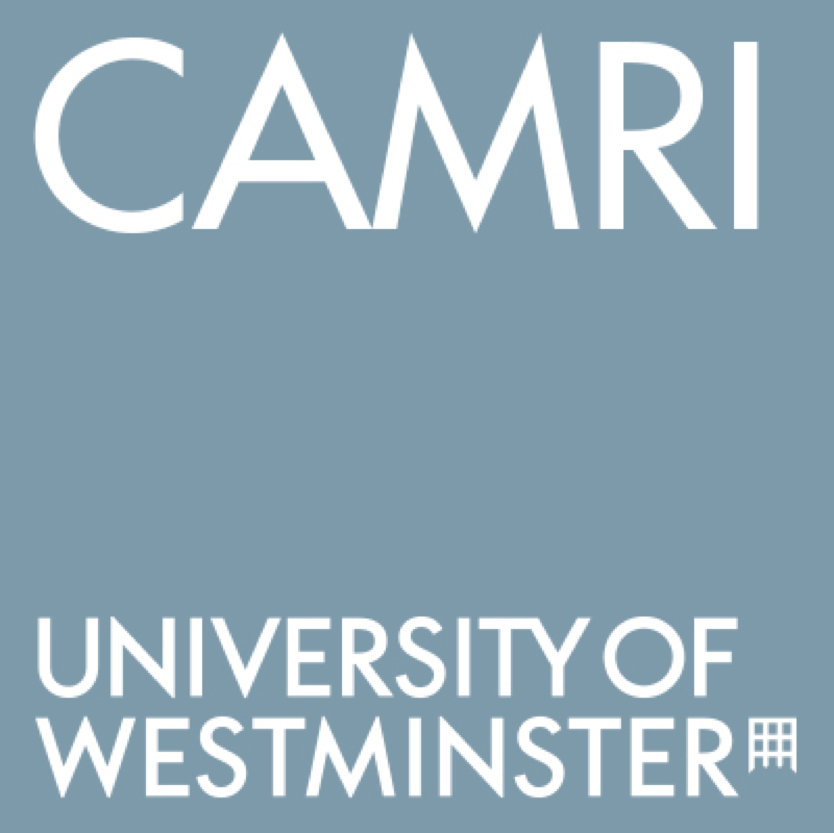Doug Specht for Geographical about how maps tell the story of war in Ukraine
Doug Specht, Senior Lecturer and Director of Teaching, Learning and Quality Assurance in the School of Media and Communication, along with Alexander Kent of Canterbury Christchurch University, wrote an article for Geographical about how maps tell the story of war in Ukraine.
Talking about maps, he wrote: “As a means of conveying the spatial elements of conflict such as the movement of troops and their control of territories, [maps] offer an immediate and effective visual summary. The war in Ukraine has stimulated the production of hundreds of maps across various media, including newspapers, television and websites, each pertaining to indicate the status on the ground to a wide readership.”
Explaining the use of colour in maps, he added: “Most of the maps published recently in the media depict Russian forces and their territorial gains using red, with its connotations of threat and violence. The use of red also provides historical associations with the Red Army and the Soviet Union, renewing fears of the threat posed by the Cold-War superpower.”
In his concluding remarks, Specht wrote: “As more maps of the war in Ukraine continue to be produced by the news media, their authors struggle with the challenge of conveying the complexities of a dynamic and unpredictable conflict to a wide audience.
“Maps are abstract representations that help us to comprehend the changing global landscape, but none can fully represent the truth, and all are governed by the essential cartographic choices of what to show and how to show it.”
Read the full article on the Geographical website.
Photo by Olga Subach on Unsplash







